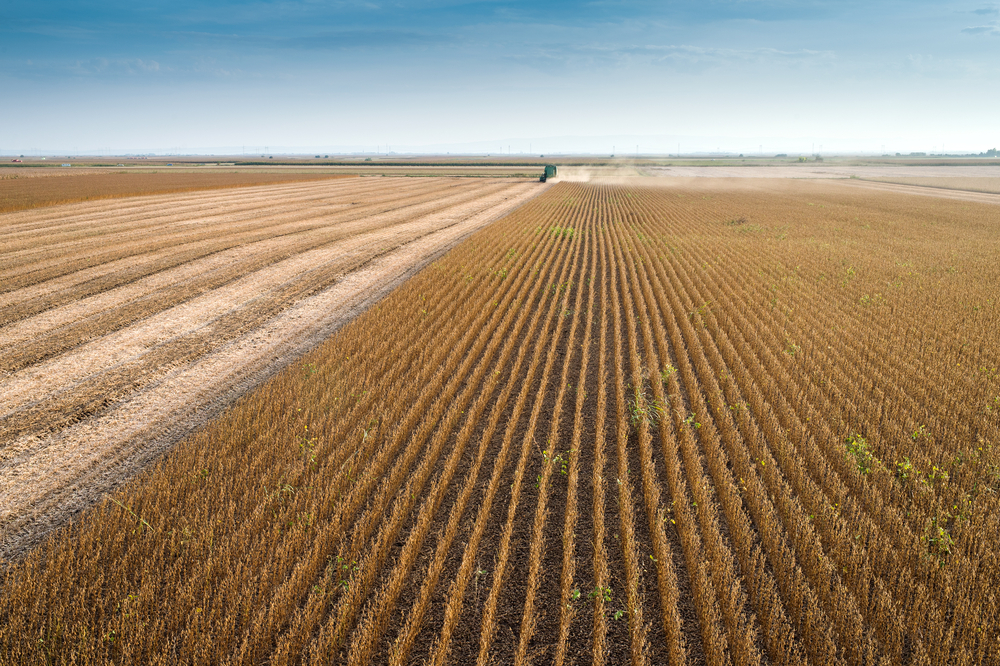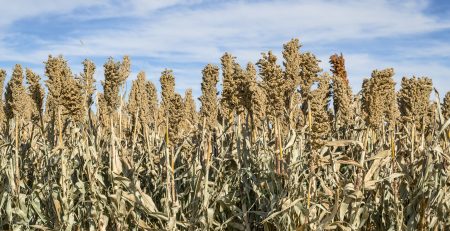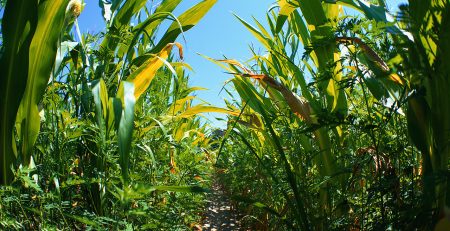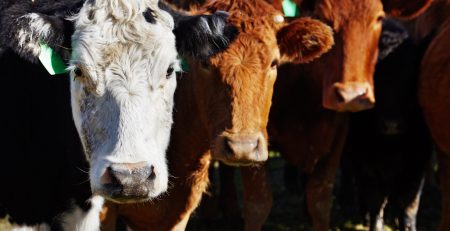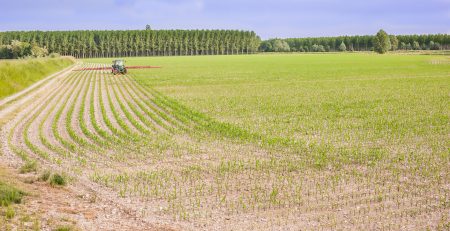What a Mild Winter Means for Wheat Pests
With a warmer winter across much of the U.S., winter wheat might be greening up sooner than typical. As it greens up, so do dormant weeds or newly sprouting weeds and some insect pests. Are you scouting to see where fields might need treatment?
Disease
With current wet conditions and potential for more wet weather on the way, it’s important to watch for fungal disease. A few early season diseases to watch for include stripe rust, fungal leaf spots (that includes tan spot and Septoria leaf blotch) and powdery mildew, according to University of Nebraska-Lincoln Extension.
- Stripe Rust– Overwinters, appears as yellow pustules in the upper and lower canopy in young plants, forms stripes as the plant gets older.
- Fungal Leaf Spots– While there is more than one fungal disease, they look similar in early development. Symptoms include spots with brown necrotic centers surrounded by yellow halos, starting in the lower leaves and progressing up. Spots can become large dead area on leaves and the diseases are more severe in fields with wheat residue.
- Powdery Mildew– Favors high humidity and starts on leaves in the lower canopy. It features white, cottony patches of spores on the plant surface that later turn a gray-brown color.
“It is recommended that wheat fields be scouted regularly for early disease detection,” said Stephen Wegulo, Nebraska Extension plant pathologist in a UNL blog post.
Weeds
“So far, this winter doesn’t seem harsh enough to kill winter annuals, so it won’t take long to green up this spring,” says Aaron Hager, University of Illinois Extension weed scientist. “It might not make much of a difference in conventional till. The concern should be in no-till situations—get a good burndown.”
Scout for what weeds are present as fields start to green up over the next few weeks. Common weeds include:
- Marestail
- Henbit
- Chickweed
- Mustards
- Cressleaf grounsel
Research what’s in your field and be prepared for glyphosate resistance, especially when marestail is present.
“As soon as things start greening up assess fields and populations. If you have a solid mat of winter annuals, they may be difficult to manage at planting,” says Bob Hartzer, Iowa State University Extension weed scientist. “So, an early pre-plant application, like three to four weeks, ahead of planting would be beneficial — they’ll be easier to kill and won’t have tied up nutrients.”
Content within the Farm Journal Forum is the property of Farm Journal, Inc and protected by copyright.
